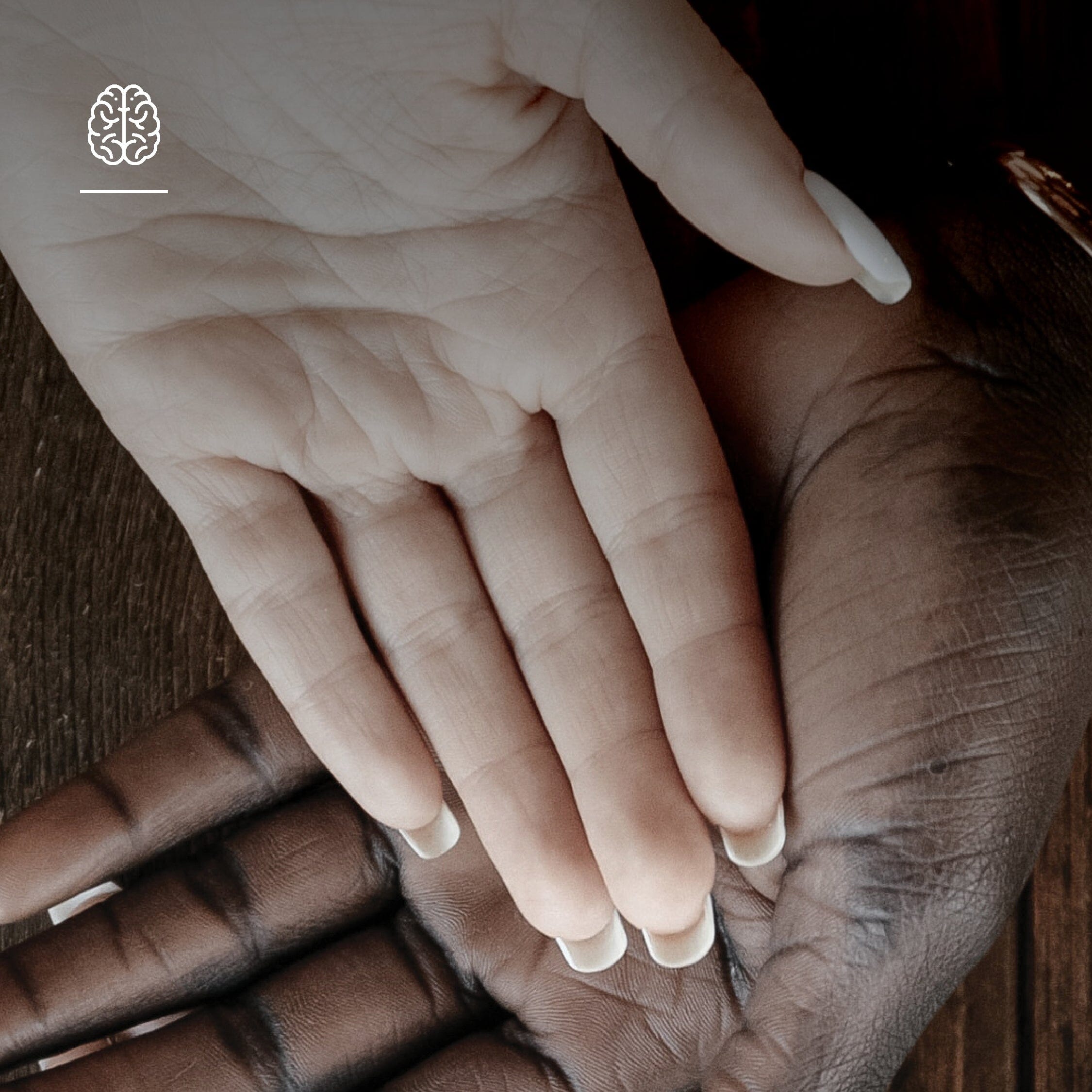Most of us remember high school biology class lessons which taught us that DNA was the part of our cells that contained our genes, and is our cellular instruction set. We learnt that each of us have slightly different DNA and it is what makes us all individual, with different strengths and weaknesses, but ultimately, our DNA defined each one of us as a unique member of the human race.
DNA was discovered back in the 1800s, but its relevance and role in our cells was not fully understood until much later, as researchers slowly unravelled its function and importance to who we are and, as it now turns out, how healthy we are as we age and the speed at which we age.
DNA is not just a static molecule that sits in place having done its job of instructing our cells to be our own version of a skin cell, a heart cell, or any cell for that matter. Your DNA is a vibrant molecule that is moving all the time, opening and closing, turning genes on and off , providing code for your protein manufacturing machinery to make key cellular components And generally sensing and responding to your environment, to ensure that it can provide all the molecules your cells need to be healthy.
What is remarkable, is that it does all this in an incredibly hostile environment. External stress like UV rays from sun exposure, carcinogens in our diet, pollution from our environment, and internal stress like oxidative stress from free radicals, all conspire to create a situation where your DNA gets damaged up to 100,000 times per day … per cell!
And as we have tens of trillions of cells, you can imagine the work that is going on every milli-second of every day, even when you are asleep, to keep your DNA in good working order so that your cells get what they need to operate optimally and keep you well.
In fact, our cells put a huge resource into keeping our DNA in good working order and they do this by constantly monitoring, checking and repairing our DNA through very complex mechanisms. It’s important we have these processes in place, because when it goes wrong the outcome may result in cancer at worst and accelerated aging coming a close second.
The relationship between how well our DNA is functioning and the speed at which we age is a relatively new discovery. There have been clues for a long time, however. Clues like progeria, a condition where children age at an accelerated rate and die of diseases normally associated with advanced age in their mid to late teens, is directly related to a fault in the ability of our DNA repair mechanisms to operate correctly.
Other clues relate to certain health conditions that put long term stress on our cells, and our DNA that accelerate aging and shorten people’s lives by 10-20 years.
Armed with this new knowledge, scientists have been looking to see what we can do to support our vital DNA repair and maintenance machinery, so that we can keep our DNA is great working order for as long as possible. The good news is that there are things we can do every day to support our DNA health, and in the process slow the rate at which we age.
We all know the importance of regular exercise which fortunately as it turns out, supports our DNA repair mechanisms and turns on genes that have beneficial effects across all our cells. We also now know that diet is a key part of the picture and diets that are more plant based appear to be best. That doesn’t mean you have to give up meat completely, but minimizing it as part of a strategy for longevity seems to be important. Cutting back on sugar and other carbohydrates like bread is also important, and lastly spending a little time hungry by fasting from time to time to take the stress off your DNA and encourage the recycling and rebuilding of key cellular components, should be part of your healthy longevity strategy.
Recent breakthroughs in understanding how to support DNA repair mechanisms at a cellular level have led to the development of new supplements that are having a material impact on our health and the aging process. Supplements like Hobamine, an extract from Himalayan Tartary Buckwheat, give us new ways to protect our DNA from oxidative stress and is a significant development towards healthy aging.
Also high on the list are compounds called STACs or Sirtuin Activating Compounds. Sirtuins are key proteins involved in the repair and maintenance of our DNA. One of the best STACs is Pterostilbene, an extract from blueberries that has been taken for years for its beneficial health effects, and now we know it works by supporting our DNA.
And lastly, the aforementioned sirtuins need a vital co-factor called NAD+ to function optimally, and this co-factor is depleted in our cells as we age. Until recently we have not been able to get enough NAD+ from our diet to make a difference, but the discovery of NMN and NR mean that we now have a way to restore NAD+ levels in our cells to youthful levels, another key discovery to support healthy DNA and our longevity.
These supplements are exciting because we are the first generation of humans that have access to these compounds which means that we can now take extra steps to look after our DNA, and in the process support our bodies in ways that mean we will have extra energy, vitality, and health during our 30s, 40s, 50s and beyond. And whilst it’s not proven just yet, there are very strong clues that these supplements, combined with a good diet and regular exercise, will slow the onset of many of the conditions we associate with advancing age.
More research on our humble DNA is coming fast and it is likely we will have more tools to keep it acting youthfully for much longer in the not too distant future.
Who knew, when it was discovered, how important our DNA would be for our long-term health as well.
Greg Macpherson is a biotechnologist, cellular health and healthspan expert with over thirty years’ experience in the pharmaceutical industry.


![Never Grow Old - Longevity Issue [Nutrition Business Journal]](http://scienceresearchwellness.com/cdn/shop/articles/NBJ_Post_-_LinkedIn.jpg?v=1692742979&width=1500)
![Circulatory system care "vital" [NZHERALD]](http://scienceresearchwellness.com/cdn/shop/articles/SRW_-_News_Clip_-_Post_-_Cir1_-_D1_dfadc7dc-c57a-4f80-82bd-4fdb5ba5f0cd.jpg?v=1692742734&width=1500)
